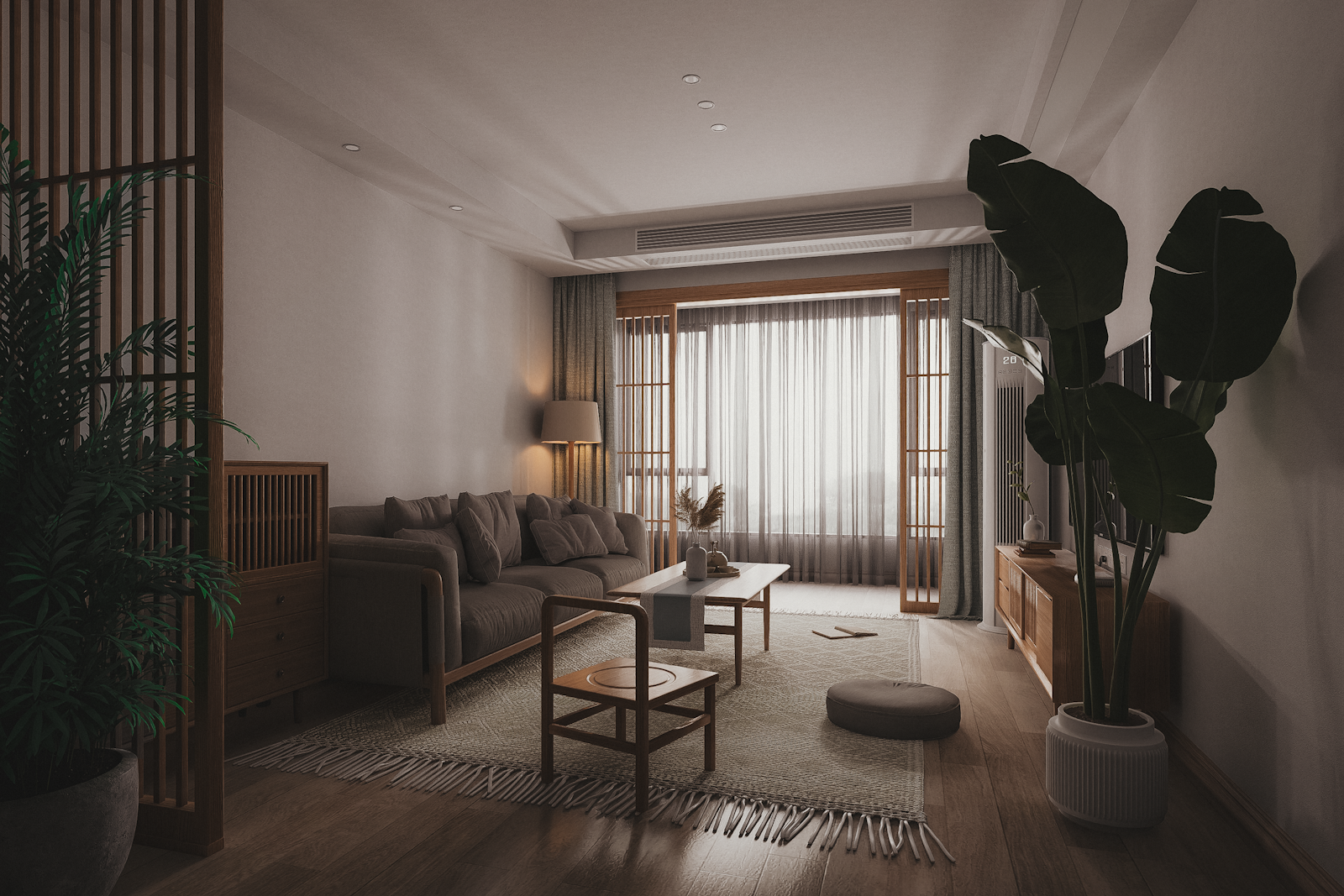
planta de interior

interior plant
The Spanish term 'planta de interior' translates to 'interior plant' in English. This refers to a plant that is typically grown indoors, in places such as homes or offices. It includes a variety of types, mainly decorative plants that can potentially improve indoor air quality. Examples of interior plants include succulents, ferns, and various ornamental plants.
Example sentences using: planta de interior
Esta planta de interior necesita mucha luz.

This indoor plant needs a lot of light.
This sentence shows the need for sunlight in the care of indoor plants.
Es difícil mover esta planta de interior.

This indoor plant is difficult to move.
This sentence implies that the indoor plant is large or heavy, making it difficult to move.
La planta de interior ha comenzado a florecer.

The indoor plant has begun to bloom.
This sentence highlights the lifecycle of an indoor plant, specifically its blooming stage.
Tengo que comprar tierra para mi planta de interior.

I have to buy soil for my indoor plant.
This sentence outlines the need to purchase soil, a common requirement for taking care of indoor plants.
La planta de interior está enferma.

The indoor plant is sick.
Here, the concept of plants getting 'sick', or having health issues due to pests or diseases, is introduced.
Debo regar mi planta de interior.

I must water my indoor plant.
This sentence states a crucial action in maintaining an indoor plant: watering it.
La planta de interior ha crecido bastante.

The indoor plant has grown a lot.
The sentence suggests the observation of the growth of the plant over some time.
Esa planta de interior perteneció a mi abuela.

That indoor plant belonged to my grandmother.
The sentence implies that an indoor plant can have sentimental value, being passed down through generations.
La planta de interior añade un toque verde a mi sala.

The indoor plant adds a green touch to my living room.
The sentence expresses how indoor plants can enhance the aesthetics of a room.
La planta de interior purifica el aire.

The indoor plant purifies the air.
This sentence underlines one of the benefits of having indoor plants: they help clean the air.